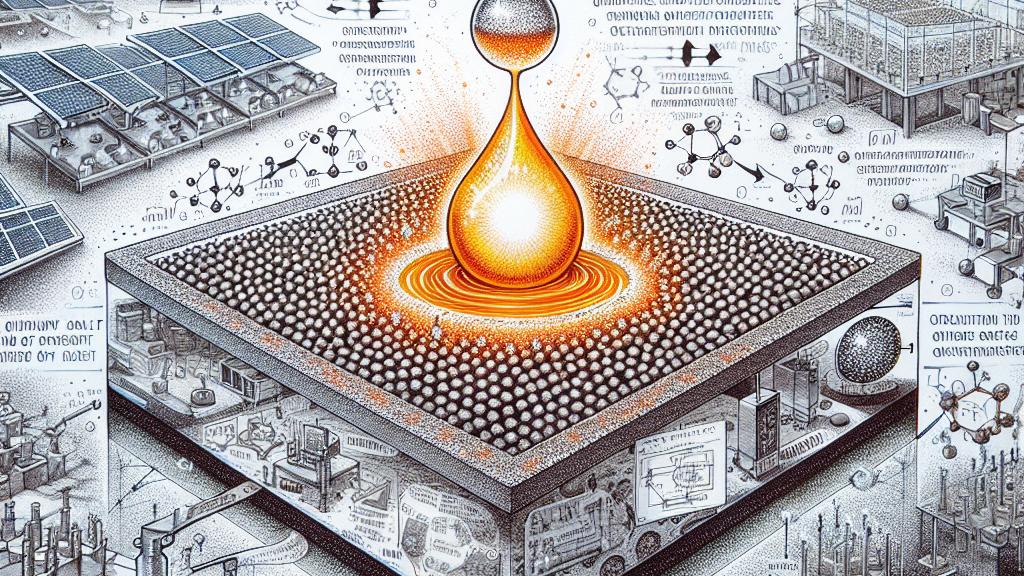Exploring New Frontiers in Quantum Dot Technology
Overview
- A groundbreaking technique using molten salt to produce quantum dots has been unveiled by researchers, setting new standards.
- This innovative approach opens the door to a wide range of materials that were previously inaccessible for nanocrystal synthesis.
- Quantum dots play a crucial role across various fields, from advanced electronics to transformative medical solutions and renewable energy.

Pioneering Techniques Redefine Quantum Dot Production
A remarkable breakthrough is coming from the United States, where scientists at the University of Chicago's Talapin Lab have introduced a revolutionary technique that could change the game in nanotechnology. By substituting traditional organic solvents with molten salt, particularly superheated sodium chloride, they have developed a method that not only withstands extraordinarily high temperatures but also enables the creation of diverse materials. Imagine the implications! This could lead to the development of solar cells that harness energy more efficiently and electronic devices that operate at unprecedented levels. As researcher Justin Ondry passionately asserts, this discovery could rewrite the playbook for nanocrystal synthesis, encouraging a cascade of innovative applications that were once thought unattainable.
Extensive Applications and the Transformative Power of Quantum Dots
Quantum dots are astonishingly versatile—think of their essential roles in modern technology, spanning entertainment and healthcare. For instance, they are responsible for the vibrant colors in high-definition televisions, bringing our screens to life. In the healthcare arena, they are integrated into medical devices that have the potential to enhance diagnostics and patient care significantly. An exciting development is the emergence of safer selenium quantum dots (SeQDs), which promise lower toxicity and clearer imaging for medical purposes. The usage of these non-toxic materials could actually mitigate risks associated with hazardous exposure in medical environments. As researchers continue to investigate the properties and applications of quantum dots, we are not only equipping ourselves with vital tools to address complex scientific challenges, but we are also poised to amplify the benefits these technologies offer to society at large.
A Promising Horizon for Quantum Dot Research
Looking to the future, the possibilities associated with synthesizing quantum dots represent not merely a leap in materials science, but a profound opportunity to innovate across various disciplines. Researchers are invigorated, now presented with the exhilarating challenge of harnessing these advanced materials to unlock breakthroughs in renewable energy, such as next-generation solar panels that could maximize sunlight efficiency. Moreover, they could pave the way for precision therapies that address critical health issues. The emergence of new chemical frameworks holds the promise of enhanced energy solutions and groundbreaking medical advancements. Such excitement within the scientific community captures the essence of discovery—a collective enthusiasm that inspires educators, students, and innovators alike. As we delve into the extraordinary capabilities of quantum dots, we are reminded of science's profound power to reshape our world for a brighter, more sustainable future.

Loading...